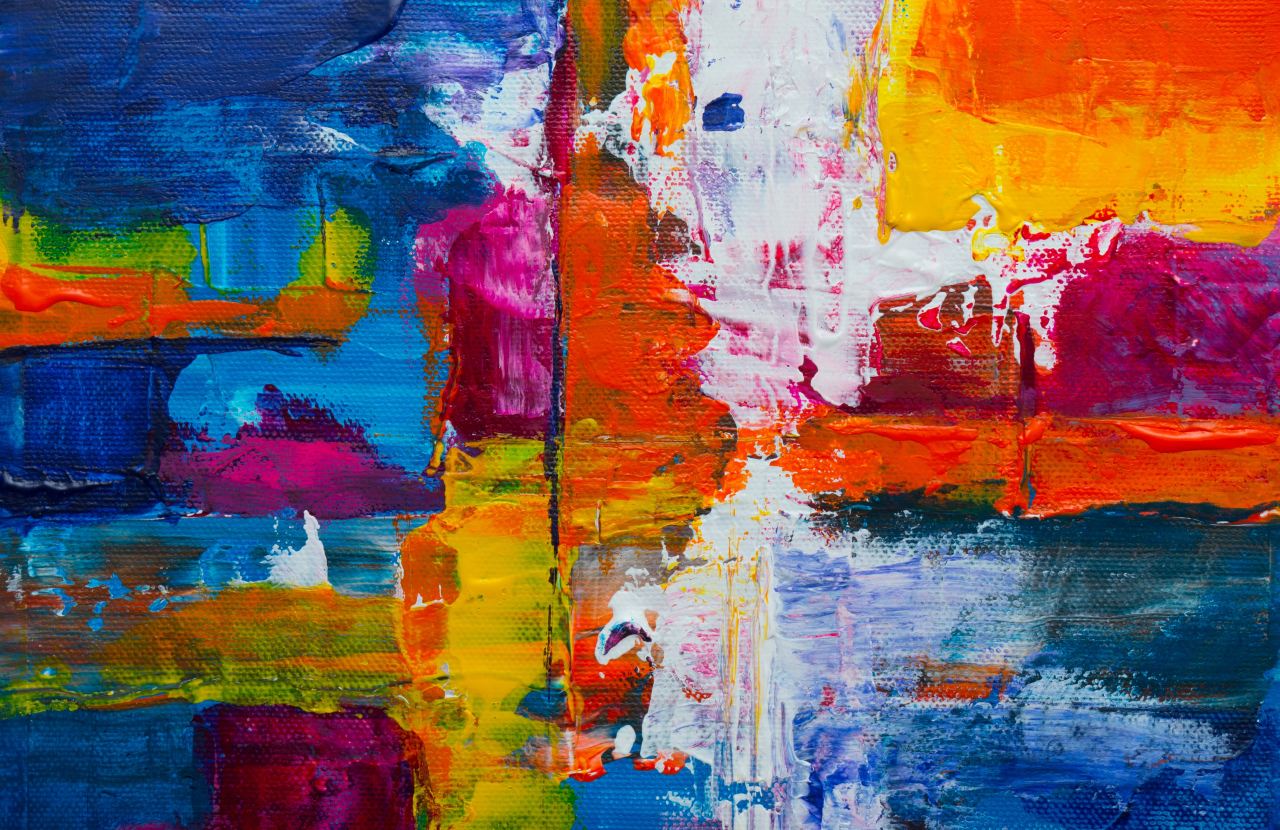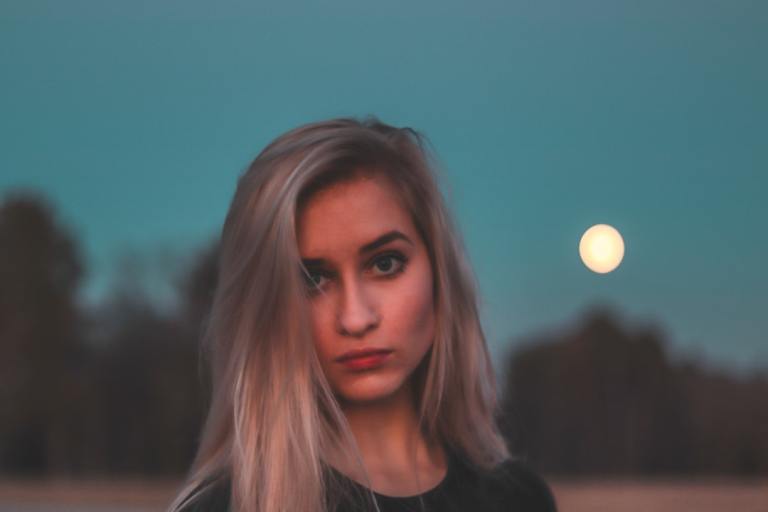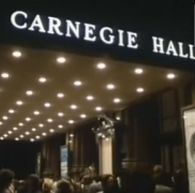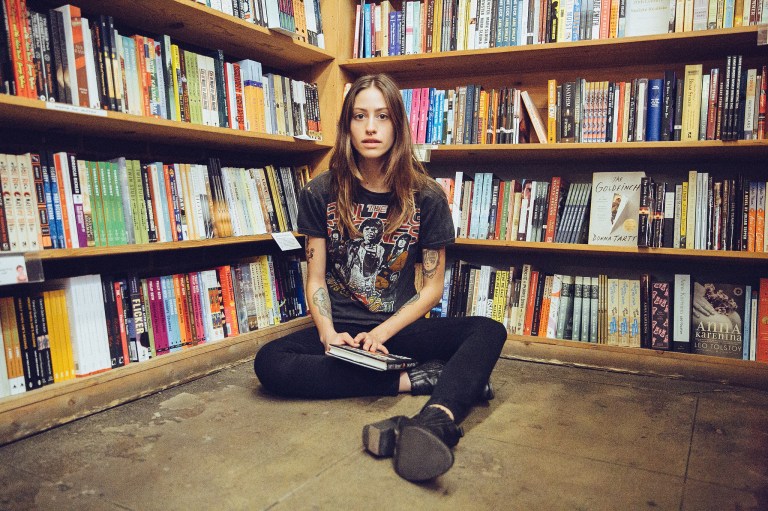Here’s What Artificial Intelligence Means For Art And Creativity
Artificial intelligence is becoming more entrenched in our daily lives, and it's estimated the artificial intelligence market will grow by 50% year on year until 2025.
By ![]() Amy Hunt
Amy Hunt

Artificial intelligence is becoming more entrenched in our daily lives, and it’s estimated the artificial intelligence market will grow by 50% year on year until 2025. This is an astounding level of growth and means if AI isn’t part of your life now, it will be in the next few years.
We’ve already begun to see the implementation of AI in many blue-collar industries where manufacturing and production roles are becoming increasingly automated. Amazon estimates its first fully automated warehouse will be active within a decade.
Inside white-collar industries, AI is becoming commonplace as a productivity tool. We’re seeing data analysis tasks being completed by AI, which can work through much larger amounts of data in far shorter amounts of time. There’s also a growing appetite for AI in traditionally people-focused roles like chat-functionality on websites.
It’s estimated that the use of artificial intelligence improves workplace productivity by 40%. This is because AI can quickly analyze data and perform repetitive tasks for long periods of time. Unlike humans, who are likely to become bored or lose focus, AI can analyze data endlessly.
It seems harder to quantify productivity when it comes to the art sector, but AI is becoming more intertwined with art. Some remain sceptical, seeing AI’s use in art as an affront to a deeply personal, intrinsically human process. Others are welcoming the unique opportunities it could provide.
Artificial Intelligence In The Art World
2018 saw the first sale of an AI-generated portrait at British auction house Christie’s. “Edmond de Belamy” is part of a collection of portraits called “Le Famille de Belamy.” The software that constructed these portraits was designed by the Paris-based collective Obvious.
The technology used to create these portraits is called Generative Adversarial Networks, or GANs. It employs a type of machine-learning that uses sample data to analyze patterns. The algorithm used to create “Le Famille de Belamy” studied 15,000 portraits from the 14th to 19th century using the online art encyclopedia WikiArt. It would study patterns to look for similarities across paintings, such as color schemes and subject matter. From this, the algorithm could build an idea of how to compose a painting.
Although the outcome is very different, this type of software is not that different from that used in offices. HR software has begun to use machine learning to filter candidates and can actually reduce hiring time by 75%. Data analysis software goes through data to find patterns so that it can draw comparisons and make forecasts. It is about how the software is implemented that really shows the versatility of AI.
“Edmond de Belamy” sold for $432,000 at Christie’s, which shows there is an appetite for this unusual artform. Questions have been raised about if it is the novelty collectors have paid for. Christie’s specialist Richard Lloyd, who organized the sale, disagrees and believes it is about the quality of the work. “It is a portrait, after all. It may not have been painted by a man in a powdered wig, but it is exactly the kind of artwork we have been selling for 250 years…AI is just one of several technologies that will have an impact on the art market of the future.”
Exploring Music With Algorithms
Artificial intelligence in the artistic world isn’t even as new as we may think. Musicians have been collaborating with early forms of artificial intelligence for decades. In the 1990s, David Bowie and Ty Roberts developed Verbasizer as a song-writing tool.
Verbasizer used an extension of the song-writing technique David Bowie had already been using for years. He described this technique as “the cut-up technique”. It relied on taking existing materials, like a newspaper article, and cutting them into words and phrases. He would then physically shuffle and reorder them to create new phrases and spark ideas. Verbasizer had source material imputed and it would try to create new lyrics.
Bowie said of it “It’ll take those twenty sentences and cut in between them all the time, picking out, choosing different words from different columns… What you end up with is a real kaleidoscope of meanings and topics and nouns and verbs all sort of slamming into each other.” Bowie used Verbasizer on the creation of his album Outside.
In the same way that the software used to create the “Edmond de Belamy” portrait needed large amounts of source data to find patterns that would let it create something new, music has also employed machine learning to create music. While the output of this seems incredibly creative, the methods it uses to do this are no different to data analysis. This shows us AI itself cannot replace a human’s creativity.
One musician, Taryn Southern, used AI to create her album. Southern wrote the lyrics and used AI to create the music. She was inspired to go this route because, in her words, despite being a confident songwriter, she knew very little about music theory. “I’d find a beautiful chord on the piano, and I’d write an entire song around that, but then I couldn’t get to the next few chords because I just didn’t know how to play what I was hearing in my head. Now I’m able to iterate with music and give it feedback and parameters and edit as many times as I need. I still feel like it’s mine in a sense.”
Southern saw AI as a tool that allowed her to express her creativity further. For her, it actually opened up projects she wouldn’t have been able to work on otherwise.
What Is The Creative Future Of Artificial Intelligence?
AI is the future of business and the future of art, but it’s not going to replace human creativity. AI is opening up a new generation of artistic endeavor that increasingly blurs the lines between science and creativity. While the product AI produces looks increasingly organic, it’s extremely orchestrated. Without data fed into it, AI has no way to learn and no drive to seek data of its own volition, so there is no fear of it taking over the art or business world. Instead, it’s exciting to think just what AI could help us achieve.




